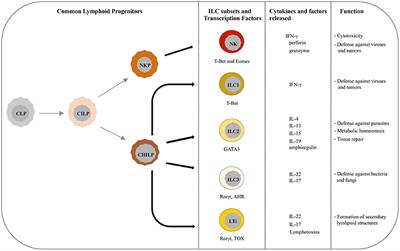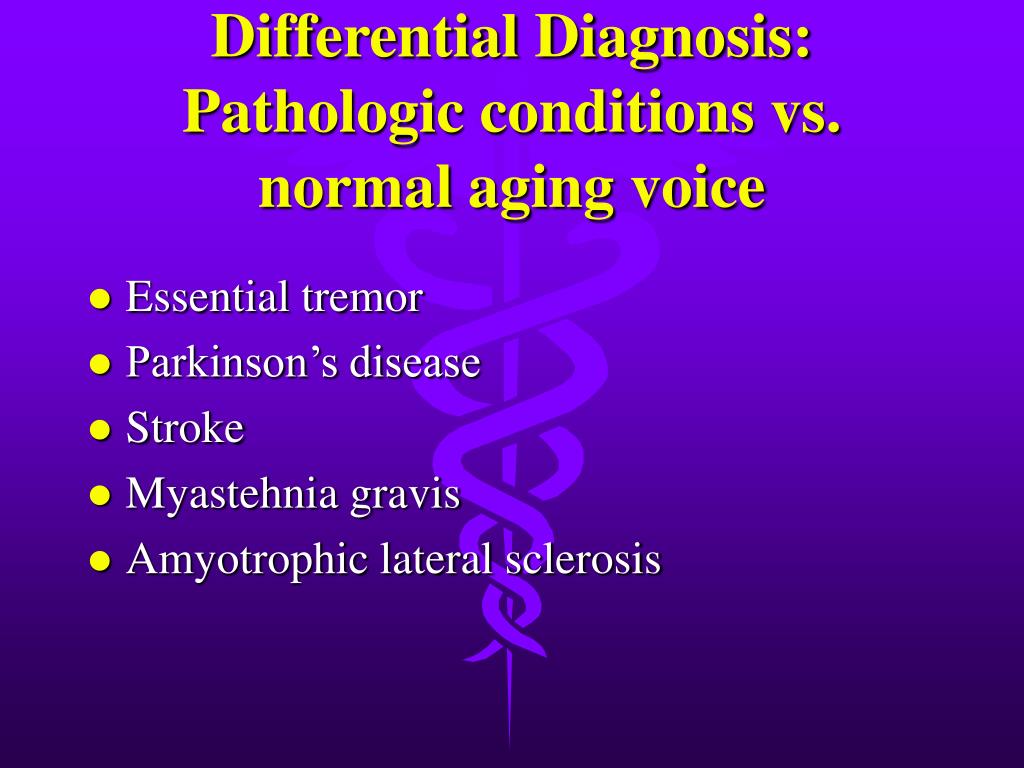

1Sorbonne Université, INSERM, Institut de Myologie, Centre de Recherche en Myologie, Paris, France.Frédérique Truffault 1† Dani Nazzal 1† Julien Verdier 1† Angeline Gradolatto 1† Elie Fadel 2 Régine Roussin 2 Bruno Eymard 3 Rozen Le Panse 1* Sonia Berrih-Aknin 1 read more, and the Miller Fisher variant of Guillain-Barré syndrome Guillain-Barré Syndrome (GBS) Guillain-Barré syndrome is an acute, usually rapidly progressive but self-limited inflammatory polyneuropathy characterized by muscular weakness and mild distal sensory loss. Common symptoms include visual and oculomotor abnormalities, paresthesias, weakness. read more, multiple sclerosis Multiple Sclerosis (MS) Multiple sclerosis (MS) is characterized by disseminated patches of demyelination in the brain and spinal cord. Symptoms vary with the cause but typically include ataxia (impaired.

read more includes finger-to-nose and heel-to-shin maneuvers and toe-heel tandem gait to check for cerebellar dysfunction, which can accompany cerebellar stroke, vermian atrophy (eg, due to alcohol abuse), some hereditary spinocerebellar ataxias Hereditary ataxias Cerebellar disorders have numerous causes, including congenital malformations, hereditary ataxias, and acquired conditions.
PATHOLOGICAL CONDITION LLE HOW TO
The patient is asked to blink repeatedly to see whether blinking fatigues.Ĭoordination testing How to Assess Gait, Stance, and Coordination Normal gait, stance, and coordination require integrity of the motor, vestibular, cerebellar, and proprioceptive pathways (see also Movement and Cerebellar Disorders). Sternocleidomastoid and trapezius strength is tested by having the patient rotate the head and shrug the shoulders against resistance. Mild asymmetry during tongue protrusion may be normal. Tongue weakness is suggested by inability to clearly articulate certain consonants (eg, saying "ta-ta-ta") and slurring of speech (lingual dysarthria). Palatal weakness is suggested by a nasal voice quality testing the gag reflex and looking at the palate directly are less helpful. Extraocular movements and facial muscles, including masseters (for strength), are tested. read more includes inspection of the face for gross asymmetry and ptosis mild facial asymmetry can be normal. Abnormalities in their function suggest pathology in specific parts of the brain stem or along the cranial nerve's path outside the brain stem. Multiple sclerosis can cause daily fatigue that increases with exposure to heat and humidity.Ĭranial nerve examination How to Assess the Cranial Nerves The cranial nerves originate in the brain stem. (See also Red Blood Cell Production.) The RBC mass represents the. read more, and anemia Etiology of Anemia Anemia is a decrease in the number of red blood cells (RBCs), which leads to a decrease in hematocrit and hemoglobin content. Left ventricular (LV) failure causes shortness of breath and fatigue, and right ventricular (RV) failure causes peripheral and abdominal. read more, heart failure Heart Failure (HF) Heart failure (HF) is a syndrome of ventricular dysfunction. Cardinal manifestations are jaundice, coagulopathy, and encephalopathy. read more, hepatic failure Acute Liver Failure Acute liver failure is caused most often by drugs and hepatitis viruses. Symptoms develop slowly and in advanced stages include anorexia, nausea, vomiting, stomatitis, dysgeusia. read more ), endocrine disorders, renal failure Chronic Kidney Disease Chronic kidney disease (CKD) is long-standing, progressive deterioration of renal function. read more, mononucleosis Infectious Mononucleosis Infectious mononucleosis is caused by Epstein-Barr virus (EBV, human herpesvirus type 4) and is characterized by fatigue, fever, pharyngitis, and lymphadenopathy.

It may cause fever, heart murmurs, petechiae, anemia, embolic. read more, endocarditis Infective Endocarditis Infective endocarditis is infection of the endocardium, usually with bacteria (commonly, streptococci or staphylococci) or fungi. Hepatitis may be acute or chronic (usually defined as lasting > 6 months). read more, hepatitis Causes of Hepatitis Hepatitis is inflammation of the liver characterized by diffuse or patchy necrosis. Common causes of fatigue include acute severe illness of almost any cause, cancers, chronic infections (eg, HIV infection Human Immunodeficiency Virus (HIV) Infection Human immunodeficiency virus (HIV) infection results from 1 of 2 similar retroviruses (HIV-1 and HIV-2) that destroy CD4+ lymphocytes and impair cell-mediated immunity, increasing risk of certain.


 0 kommentar(er)
0 kommentar(er)
